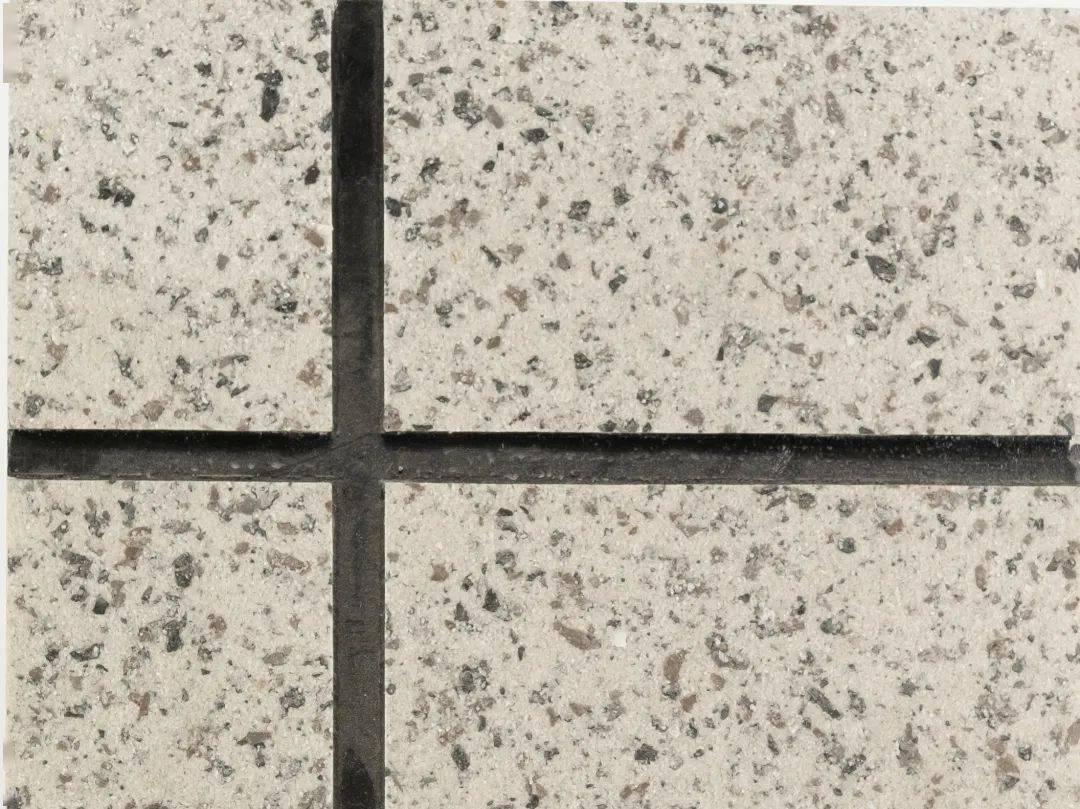
fly ash admixture
Fly Ash Admixture Enhancing Concrete Performance
Fly ash, a byproduct of coal combustion in power plants, has gained significant attention in the construction industry due to its versatile properties and environmental benefits. As an admixture in concrete, fly ash not only enhances the mechanical properties of concrete but also contributes to sustainability by recycling waste materials. This article delves into the characteristics, benefits, applications, and environmental impact of fly ash as an admixture in concrete production.
Characteristics of Fly Ash
Fly ash is classified into two main types Class F and Class C. Class F fly ash, produced from the combustion of anthracite or bituminous coal, contains silica, alumina, and iron. It has pozzolanic properties, meaning it reacts with calcium hydroxide in the presence of water to form compounds that contribute to the strength of concrete. On the other hand, Class C fly ash, derived from lignite, possesses both pozzolanic and cementitious properties, as it contains sufficient lime to react with water and form hydration products. The composition of fly ash can vary based on the type of coal burned and the combustion process, influencing its performance in concrete applications.
Benefits of Using Fly Ash in Concrete
1. Improved Workability Fly ash enhances the workability of concrete mixtures, allowing for easier placement and finishing. This is particularly beneficial for large-scale projects where labor efficiency and time are critical.
2. Strength Development The pozzolanic reaction of fly ash contributes to strength gain over time, particularly in the later stages of curing. Concrete containing fly ash may initially develop strength slower than conventional concrete but will continue to gain strength long after placement, making it advantageous for long-term performance.
3. Reduced Permeability Incorporating fly ash into concrete reduces its permeability, leading to improved durability. This characteristic helps prevent damage from freeze-thaw cycles, aggressive chemicals, and moisture ingress, ultimately extending the lifespan of concrete structures.
4. Sustainability and Cost-Effectiveness Utilizing fly ash in concrete not only recycles a waste product but also reduces the need for Portland cement, resulting in lower carbon emissions. The production of Portland cement is energy-intensive and contributes significantly to greenhouse gas emissions. Additionally, fly ash can be a cost-effective alternative to traditional materials, helping to lower overall project costs.
fly ash admixture

5. Temperature Control Fly ash can help mitigate the heat of hydration in mass concrete pours, reducing the risk of thermal cracking. This is particularly important in large-scale structures such as dams and foundations.
Applications of Fly Ash in Concrete
Fly ash is commonly used in various concrete applications, including residential, commercial, and industrial construction. Some common uses include
- Pavement Fly ash enhances the durability and performance of concrete pavements, making them more resistant to wear and environmental factors. - Precast Concrete Products Manufacturers of precast concrete products often incorporate fly ash to improve strength and reduce cracking during production and curing. - Mass Concrete Structures In large structures, using fly ash can help control temperature rise and enhance workability, resulting in more efficient construction processes.
Environmental Impact
The inclusion of fly ash in concrete stands as a testament to sustainable construction practices. By diverting fly ash from landfills and utilizing it in concrete production, the construction industry significantly reduces waste while conserving natural resources. Moreover, the reduction in cement usage lowers the carbon footprint associated with concrete production.
Conclusion
Fly ash is an innovative and sustainable admixture that enhances the performance of concrete while addressing environmental concerns. Its unique properties lead to improved workability, strength, and durability, making it a valuable component in modern construction. As the demand for sustainable building practices continues to grow, the use of fly ash in concrete is expected to play an integral role in shaping the future of construction, promoting both performance and preservation of our planet. Embracing fly ash not only contributes to high-quality concrete but also paves the way for a greener and more sustainable built environment.
Share
-
Premium Talcum Powder Enhanced with GPT-4 Turbo | Soft & Long-LastingNewsAug.02,2025
-
Fly Ash Solutions Enhanced by GPT-4 Turbo | Sustainable InnovationNewsAug.01,2025
-
Natural Premium Bentonite Cat Litter - Superior ClumpingNewsJul.31,2025
-
Premium Resin Coated Sand - High Heat Resistance CastingNewsJul.31,2025
-
High Quality Silicon Carbide Grit for Abrasive ApplicationsNewsJul.30,2025
-
High-Quality Ceramsite for Plants & Gardening | Lightweight PebblesNewsJul.29,2025






